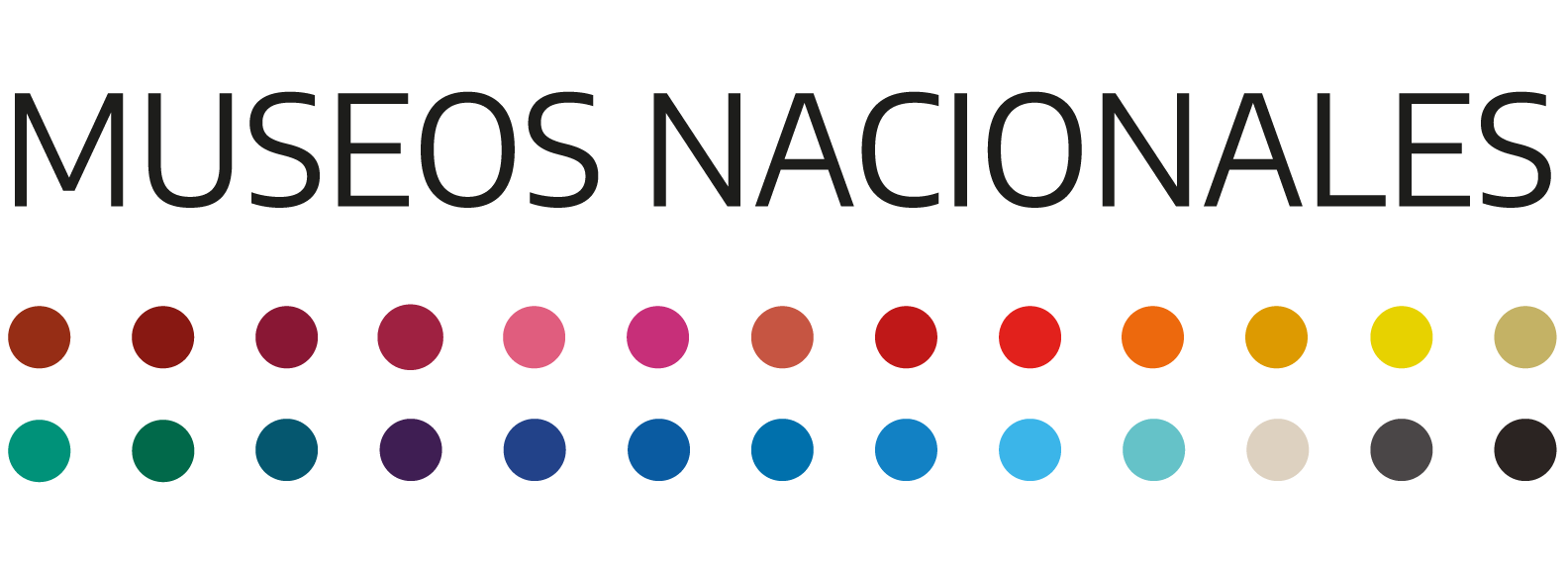<< back to menu <<
[ EN 200 ]
Objects do not tell one story only. On the contrary, they can be prompted to tell many other different stories. It is the way we perceive the collection and the questions it raises what gives meaning to the objects and build out each of their stories.
This exhibition contains notable pieces grouped by different themes. It presents our first national symbols, significant manuscripts of the country and a series of objects that transformed reality.
The exhibition also presents the story of how the technique of the image changed—from painting to photography. Some objects relate to entertainment and death, essential aspects of the human experience.
And there are objects associated with the working classes, who have not been frequent protagonists in these galleries.
Many items were once exhibited to illustrate a chronological perspective of the nation’s history, but they are now presented in a different way. Other items barely made it to the galleries at all, and they are now finding their place.
This exhibition is an invitation to visit our collection, to interpret it, to enjoy its beauty, its treasures, its power— its aura.
This is not another museum for Argentine history. This is a museum of Greatest Hits.
[ EN 201 ]
Manuscript Magic
Essential Argentine texts handwritten by their authors: Disertación jurídica sobre el servicio personal de los Indios en general, y sobre el particular de Yanaconas y Mitarios, a documentary work by Mariano Moreno; El Gaucho Martín Fierro, a poem about the famous gaucho by José Hernández; Perfiles, a biographical work by Juana Manuela Gorriti; and a draft of the novel Adán Buenosayres and its book VII entitled Viaje a la Oscura Ciudad de Cacodelphia, a parody novel by Leopoldo Marechal. Four highly valuable works which left a mark on their time and times to follow.
[ EN 202 ]
The History of Image
The desire to portray oneselves and leave a printed record of our daily life and surroundings is part of human history.
Nowadays, taking pictures is quite simple and it is hard to imagine a world without them. But it was not always that simple.
The methods of producing images, not only photographs, changed throughout the years: from paintings, to printed engravings, daguerreotypes, ambrotypes, cyanotypes, gelatin silver prints, and photographs, among others.
[ EN 203 ]
National Symbols
Representative pieces used as tools for carving an identity.
Identification at a glance.
Pieces of fabric, written papers and a painted copper plate – items that cease to be mere elements to become symbols of union.
[ EN 204 ]
Sound and Game
Music and games are an invitation to gather.
When a guitar is played, people come together around its music.
In social gatherings, pulperías*, wars, and parties, music and games appear throughout history as essential and frequent elements.
A king’s domino, a graphophone, a military drum or a leader’s chess set.
All these objects, taken from different historical moments, refer to pleasure, leisure and entertainment.
*Typical Hispano-American colonial stores and dining facilities, usually with board games.
[ EN 205 ]
Objects That Changed History
All the objects in the collection are important. They were preserved for their significance in remembering and understanding the past in our country.
But some of them, a few, have a distinctive feature: they were part of key turning points in history.
[ EN 206 ]
Objects That Almost Changed History
It is common to hear the question of how things would have been if this or that had happened. These objects serve as a starting point for that counterfactual exercise.
[ EN 207 ]
Lower Worlds
At first glance, the museum has a clear class distinction.
A considerable part of its objects belonged to governors, military officers, and other men and women from high society. In other words, a minority. However, when we take a closer look, other actors come into the scene.
People from lower classes are presented in three ways: in images that were made of them, in objects that belonged to them, or as the anonymous manufacturers of other objects.
In this road, we discover men and women whose names and lives are barely known but who are a fundamental part of Argentine history.
[ EN 208 ]
Memento Mori
Dealing with death is one of the keys of human existence.
Commemorations, memorials, eulogies, wills, grief—multiple ways of keeping alive the memory of those who are gone.
Those who die, also unite and divide. They move and teach. They may be admired or hated, but they are not forgotten.




